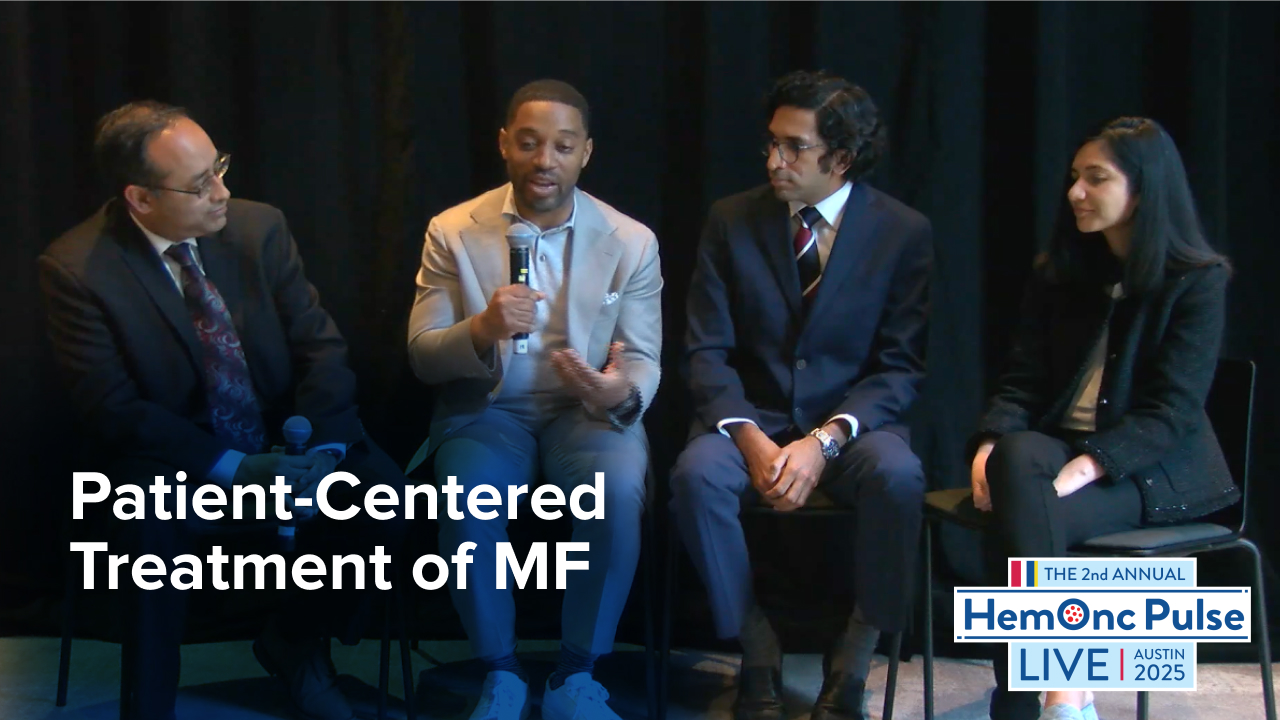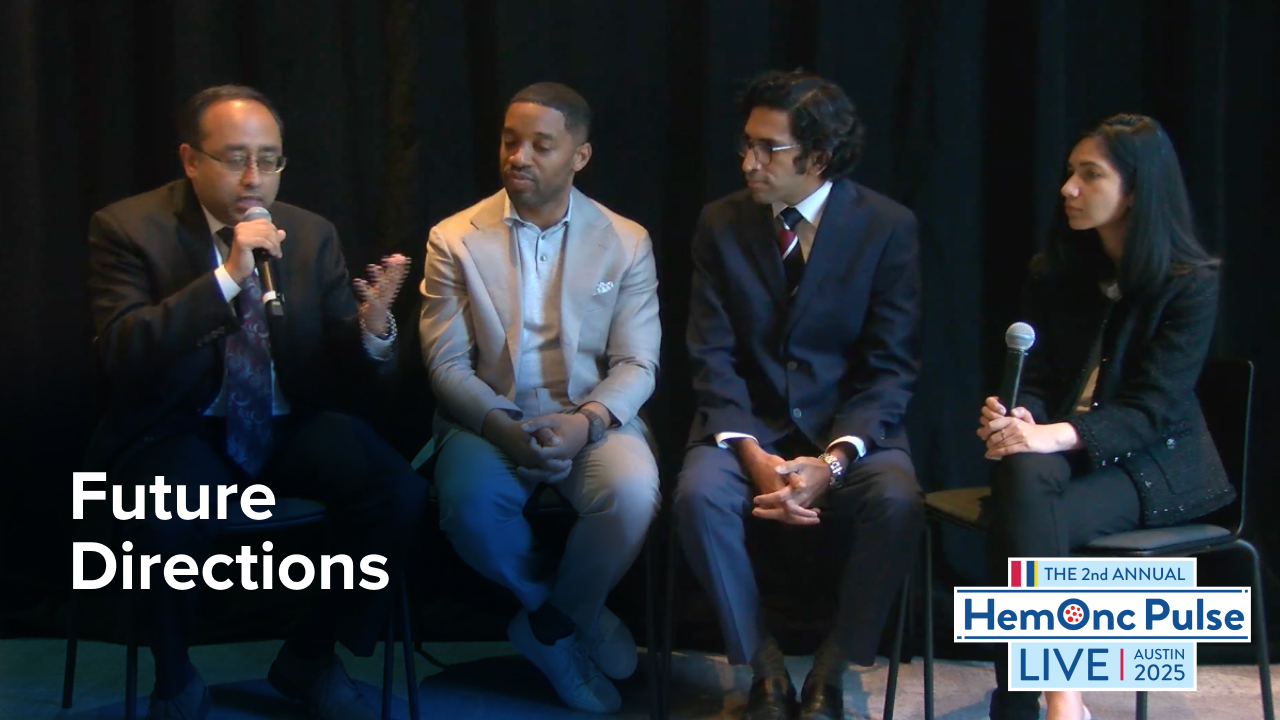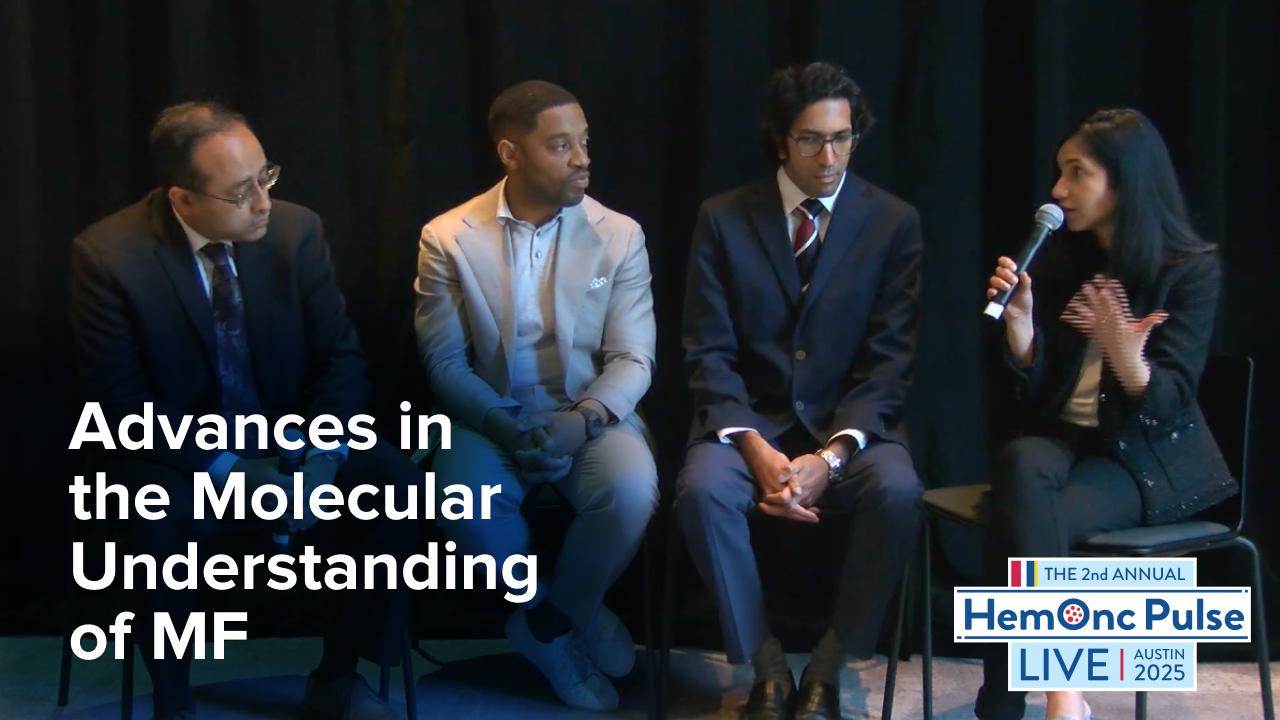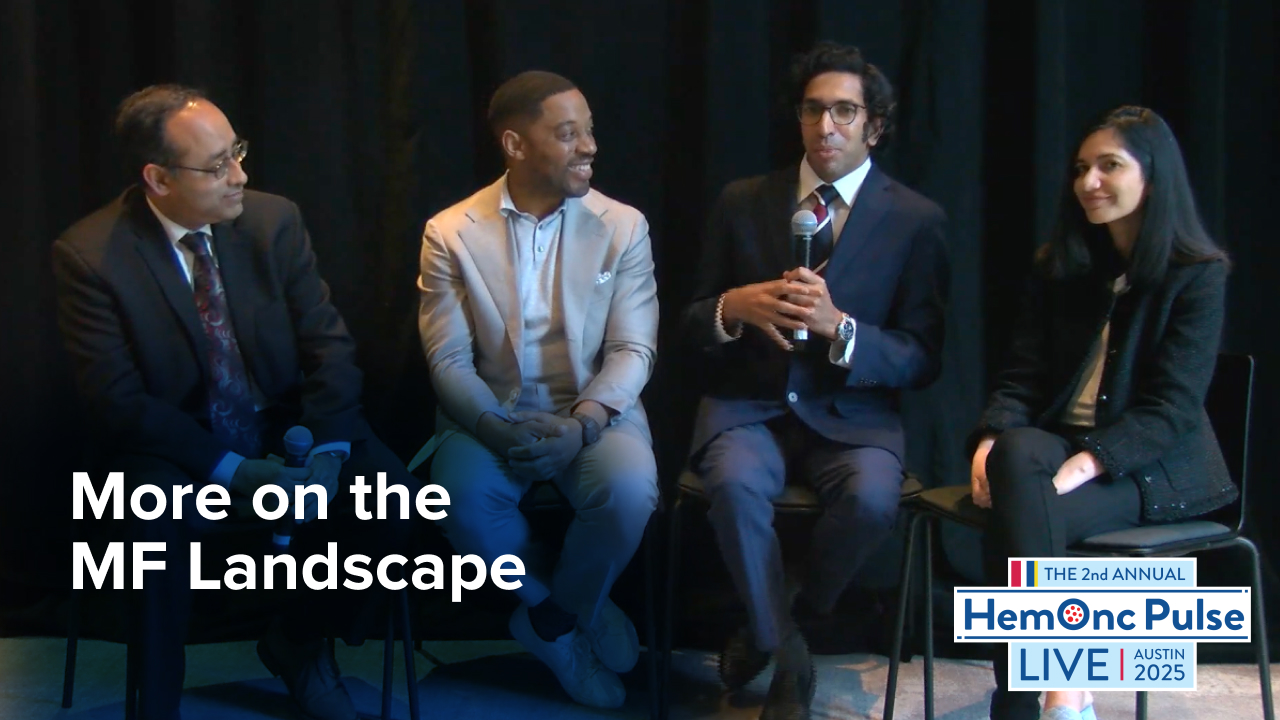
Certain characteristics are independent predictive factors for staying on ruxolitinib for at least five years in patients with myelofibrosis (MF), according to a recent study.
Lucia Masarova, MD, of the University of Texas MD Anderson Cancer Center, and colleagues, conducted the study and published their findings in Acta Haematologica.
They conducted the retrospective study to evaluate the clinical features, predictive factors, and outcomes of patients with MF who remained on ruxolitinib for at least five years because the median duration of therapy is around three years in patients with intermediate or high-risk MF.
The researchers compared baseline demographics between patients who remained on ruxolitinib for at least five years (n=73) and those who received ruxolitinib for six months to three years (n=203).
Researchers confirmed that patients receiving it for at least five years lacked advanced clinical features such as anemia, neutropenia, thrombocytopenia, higher blasts, or monocytes at the start of therapy.
Dr. Masarova and colleagues identified independent predictive factors for staying on ruxolitinib for at least five years. These include hemoglobin greater than 10 g/dL, circulating blasts less than 1%, platelets greater than 150×109/L, neutrophils greater than 70%, and having primary MF.
These findings show the relevance of clinical features for long-term ruxolitinib therapy.
The study also confirmed the role of age on outcome despite therapy. Age over 65 years remained a significant factor for outcome in patients receiving ruxolitinib for at least five years.
Reference
Masarova L, Bose P, Pemmaraju N, et al. Relevant clinical factors in patients with myelofibrosis on ruxolitinib for 5 or more years. Acta Haematol. 2023. doi:10.1159/000533875






 © 2025 Mashup Media, LLC, a Formedics Property. All Rights Reserved.
© 2025 Mashup Media, LLC, a Formedics Property. All Rights Reserved.